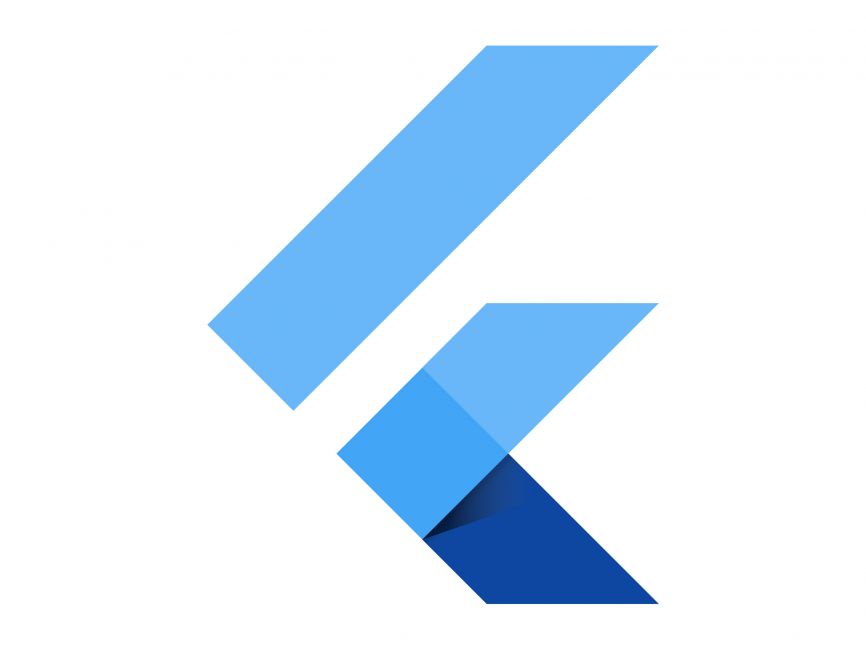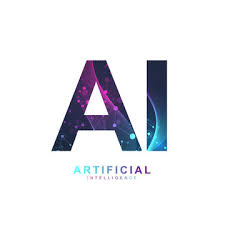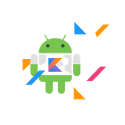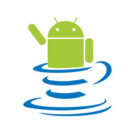Python

PYTHON: Do you dream of building websites, creating games, or developing software that shapes the future? Then Python might be your perfect coding companion! This versatile and beginner-friendly language empowers you with the skills to bring your digital ideas to life.
Saksham's Python course offers a comprehensive and structured approach, allowing you to:
- Grasp the fundamentals: Learn the core concepts of Python, including syntax, data structures, and control flow statements, laying the groundwork for your coding journey.
- Navigate the programming world: Understand how to design, write, and run Python programs with confidence.
- Build your first applications: Apply your newfound knowledge to create practical Python programs, solidifying your understanding and building your portfolio.
Why Choose Python?
Here's why Python stands out as a great choice for beginners and experienced programmers alike:
- Easy to Learn: With clear syntax and a logical structure, Python is considered one of the most beginner-friendly languages, making it easy to grasp its fundamentals.
- Highly Versatile: Build a wide range of applications with Python, from websites and games to data analysis and artificial intelligence.
- In-Demand: Python is one of the most sought-after skills in the tech industry, opening doors to exciting career opportunities.
- Large and Supportive Community: Benefit from a vast network of Python developers offering support, resources, and learning opportunities.
What You'll Learn with Saksham's Python Course:
- Programming Fundamentals: Grasp basic concepts like variables, data types, operators, and control flow statements.
- Working with Functions: Learn how to break down complex tasks into smaller, reusable functions, promoting code organization and efficiency.
- Object-Oriented Programming (OOP): Explore advanced concepts like classes and objects, allowing you to model real-world entities in your code.
- Building Python Applications: Apply your knowledge to create basic programs, such as calculators, text manipulation tools, and more.
- Interactive Exercises and Projects: Gain practical experience through engaging exercises and real-world projects, fostering your skills and building a portfolio.
Learning with Saksham:
- Expert-Led Video Lectures: Gain a clear understanding with concise and engaging video lectures delivered by experienced instructors.
- Interactive Learning Environment: Ask questions, participate in discussions, and connect with fellow learners in a supportive community.
- Dedicated Support: Our team is here to provide personalized assistance whenever you need help.
Unlock your programming potential with Saksham's Python course! By mastering the fundamentals, you'll gain the confidence and skills to explore other programming languages and embark on exciting coding adventures.
Enroll today and start building your coding future!













